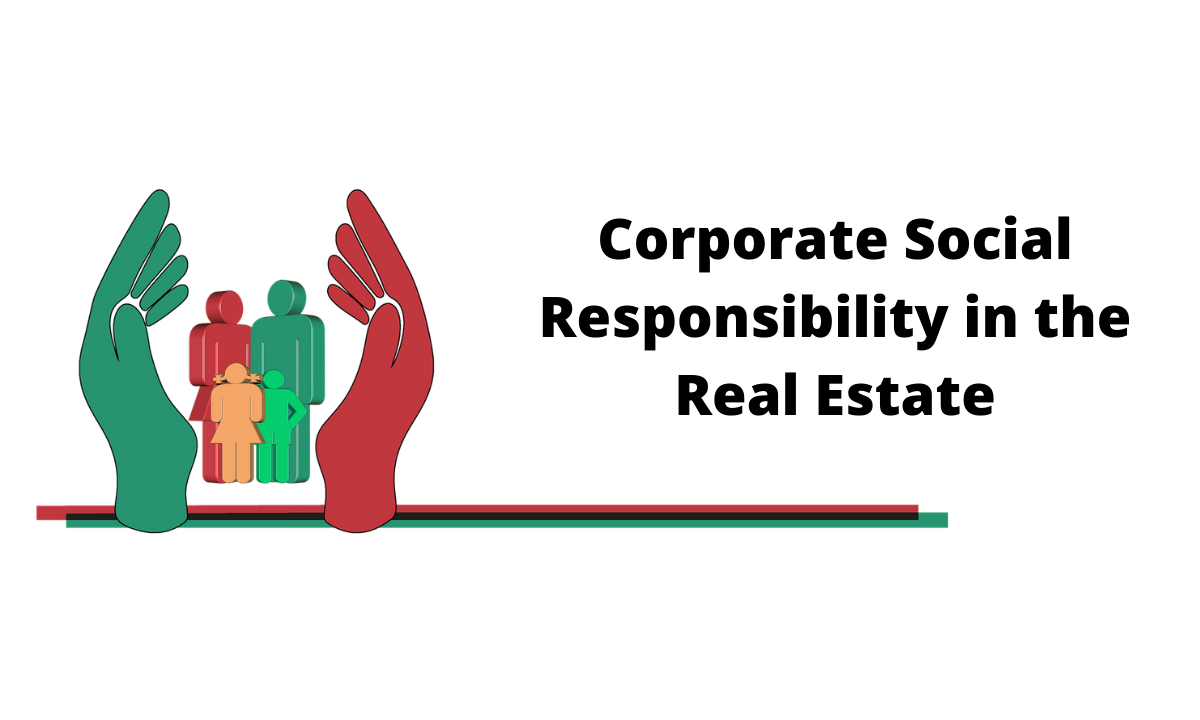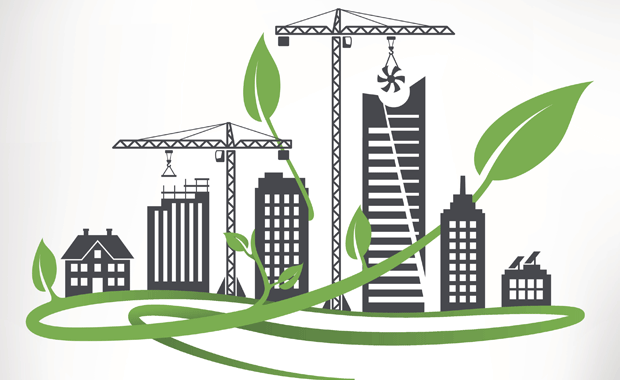Real Estate is popularly regarded as a profitable business investment but for the very basic nature of the product, it ingrains substantial societal implications. It’s not just about selling homes/workspaces but offering customers a respectable, secure, healthy and productive environment to live and grow in. In the Indian perspective, the concept of Corporate Social Responsibility (CSR) is relatively new but it has actually been a part and parcel of the industry for centuries. This is a country that believes in growing together and this comes not just from the ethical grounds, but economic as well. Without a sustainable product at hand and an environment that naturally syncs with it, there are limited and often negative prospects. CSR thus becomes a tool in aligning real estate businesses with the needs of the society and economy.
Sustainability at the heart of Real Estate CSR
According to global studies by the World Economic Forum, the Real Estate Sector is the leading contributor to greenhouse gas emissions and is among the most energy-intensive sectors. In fact, numbers point out at the real estate sector consuming over 40% of global energy. Also, 20% of the greenhouse emissions across the globe are results of the real estate sector. With “Climate Change” becoming a global crisis, it is only through switching to environment-friendly practices, can the industry lower the burden.
Socio-economic forces globally will highlight the impact of real estate on our environment even more in the future. At the current rate, 60% of the Earth’s population will be living in urban spaces by the year 2030. Unless steps towards sustainable construction are taken today, it would lead to irreversible damage.
What can be done?
Amidst the growing concern, there are several players that are strictly implementing sustainable practices across the industry verticals. Globally, between 40-50% of new real estate projects have adopted “green building” strategies and with new environmental regulations coming in, the numbers are thankfully going to get better.
- Saving/optimizing natural resources (during and post-construction)
Real estate uses 40% of global natural resources and with the demand for new homes on the rise, a push towards optimizing construction practices and building engineering is rising. To cite an example, the real estate sector uses about 12% of global freshwater and this is at a time when people in cities like Johannesburg are already running out of drinking water. The crisis is even making ways into Indian cities like Bangalore. Practices like rainwater harvesting, use of energy-efficient construction materials and conservation landscaping is possibly the only way out.
2. Caring for the environment
As already established, the real estate sector is energy-intensive. While we cannot completely negate the exploitation of non-renewable resources in the industry, we can obviously take steps towards replenishing. Creating a green landscape that helps restore balance is important. In this context, it is to be understood that artificially planted lawns aren’t the same as a natural landscape. Going to the very crux of the problem, lawn grasses aren’t exactly sustainable, have no water retaining capacity and in fact require water (sprinkling) that is drawn from the already depleting underground water table. On the other hand, plants with deeper root systems create a faster balance.
3. Green Building Materials
Today’s environmentally conscious builders have been able to look past concrete. While concrete has been the material that has been holding most of our cities together, it is also the material that releases toxic carbon dioxide in the tons and exhausts our freshwater reserves. Thankfully, with the help of technology and traditional knowledge, we have been able to identify alternative materials that cost way less than concrete and more importantly, exhaust way fewer resources. Revolutionizing examples include the good ol’ Rammed Earth, HempCrete, Ferrock, AshCrete, TimberCrete, Mycelium, and even Recycled Plastic. The options are increasing every day and give us a lot of hope for the future.
4. Hygiene and healthcare
Living in modern cities is no more of a luxury. The air quality is getting poorer every day, rainfall is getting scanty and dust and smog have replaced the fresh country air. However, this can still be changed and it takes little effort. Conscious decision making towards creating green living spaces can help the society go back to improving the health (both mental and physical) of everyone.
Environmental sustainability is not just the need of the hour but is also backed by increasing customer demands. Landmarks like the CISCO Building in Bangalore show us how green building materials and energy-efficient construction can reduce our carbon footprint. The campus is equipped with 100% water recycling along with the use of sustainable designing to reduce energy requirements. Similar buildings have popped up across the country. People are willing to invest in “Green Building”, knowing that it contributed to their health and economy. The average person spends 70% of their time in their homes and the rest in their workplaces! Consequently, real estate is a constant part of anyone’s life and to make it comfortable is the new product goal. In the real estate sector, CSR around sustainable practices provides both immediate and future value to the investors and the society at large.








